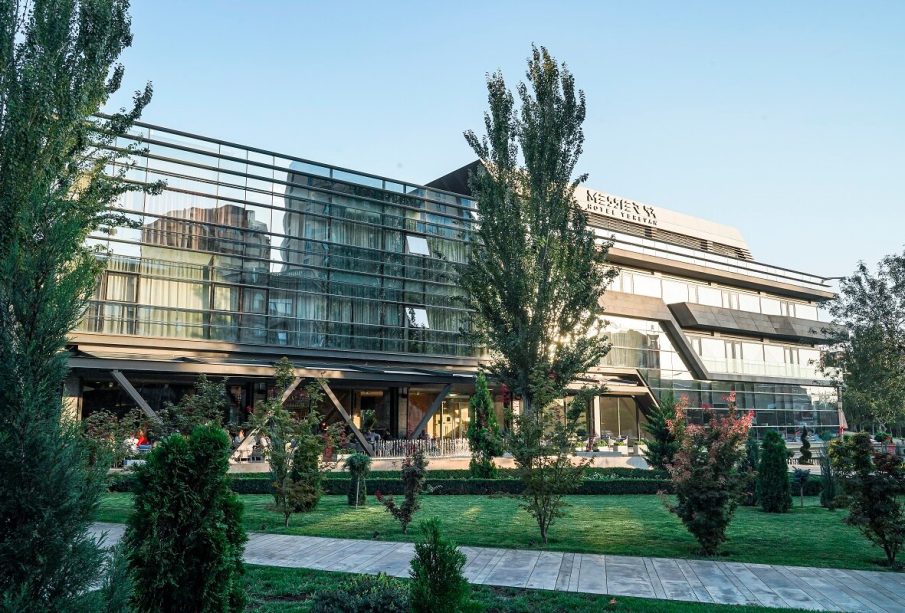Understanding the Current Situation in Armenia

Introduction
Armenia, a small landlocked country located in the South Caucasus, is currently facing significant political and social challenges. The relevance of understanding Armenia’s situation is heightened by its complex history, geopolitical significance, and recent developments, including the impact of conflict and its relations with neighboring countries. As tensions rise and political landscapes shift, it is crucial to explore the current issues and prospects for the nation.
Recent Developments
One of the most pressing issues Armenia is dealing with is the aftermath of the 2020 Nagorno-Karabakh conflict with Azerbaijan. The ceasefire agreement, brokered by Russia, did not fully resolve the longstanding territorial disputes, leaving Armenia in a delicate position. The conflict resulted in territorial losses for Armenia and a power vacuum that has affected its domestic politics.
In recent months, Armenia has seen increasing protests against the government led by Prime Minister Nikol Pashinyan. Critics argue that his leadership has not adequately protected the country’s interests during negotiations with Azerbaijan and that his government has failed to address pressing economic issues. Economic instability has further complicated matters, with the country grappling with high inflation rates and unemployment.
International Relations
Armenia’s relationships with both Russia and the West are under scrutiny as well. Historically, Armenia has relied on Russia for security and military support. However, the recent conflicts have caused some Armenians to question the effectiveness of this alliance, leading many to advocate for a pivot towards the European Union and NATO. This shift reflects a desire for more diversified diplomatic relations and security guarantees beyond traditional alliances.
In October 2023, Armenian officials engaged in discussions with EU leaders to seek economic and military assistance, signaling a potential shift in foreign policy. This is part of a broader trend, as Armenia seeks to navigate its complex geopolitical landscape while ensuring its sovereignty and security.
Conclusion
The future of Armenia remains uncertain as it grapples with internal dissent and external pressures. One possible scenario is the increase in democratic reforms as the government responds to public discontent. Alternatively, continued tension with Azerbaijan could lead to instability in the region, affecting Armenia’s prospects for growth. For readers, staying informed about developments in Armenia is essential, as the situation has implications for regional stability in the South Caucasus and the broader geopolitical landscape of Eastern Europe.









